Avec ses 11 nominations, Kendrick est en campagne active pour ce qui s’annonce comme son couronnement mais aussi peut-être le couronnement du genre hip-hop, rarement récompensé dans les catégories généralistes.
Accompagné des principaux artistes derrière son dernier chef d’oeuvre, Kendrick, Ali, Sounwave, Thundercat, Terrace Martin, Rapsody et d’autres ont expliqué en détail la conception de To Pimp A Butterfly, voilà quelques passages marquants :
– Sa plus grande inspiration ? Le voyage qui a changé sa vie en Afrique du Sud :
« I felt like I belonged in Africa. I saw all the things that I wasn’t taught. Probably one of the hardest things to do is put [together] a concept on how beautiful a place can be, and tell a person this while they’re still in the ghettos of Compton. I wanted to put that experience in the music. »
« There’s a separation between the light and the dark skin because it’s just in our nature to do so, but we’re all black. This concept came from South Africa and I saw all these different colors speaking a beautiful language. »
– Le titre de l’album :
« The title grasped the entire concept of the record. [I wanted to] break down the idea of being pimped in the industry, in the community and out of all the knowledge that you thought you had known, then discovering new life and wanting to share it »
– Comment il a eu un beat de Flying Lotus qui ne lui était pas destiné :
« I was on tour with Kanye [West] and I had Flying Lotus with me because I wanted to work on the bus studio,he would make beats and it was one particular beat that he forgot to play. He skipped it but I heard about three seconds of it and I asked him, ‘What is that?’ He said, « You don’t know nothing about that. That’s real funk. … You’re not going to rap on that.’ It was like a dare. »
– Faire du rap « conscient » :
« I don’t even know [if] that word conscious can only exist in one field of music. Everybody is conscious. That’s a gift from God to put it in my heart to continue to talk about this because that’s how I’m feeling at the moment. The message is bigger than the artist. It was real uncomfortable because I was dealing with my own issues. I was making a transition from the lifestyle that I lived before to the one I have now. When you’re onstage rapping and all these people are cheering for you, you actually feel like you’re saving lives. But you aren’t saving lives back home. It made me question if I am in the right place spreading my voice. ‘Should I be back home sending this message or be on the road?’ It put me in this space where I was in a little bit of a dilemma. »
– Comment il a retrouvé George Clinton :
« I had to find George Clinton in the woods, man. He was somewhere in the South and I had to fly out to him. We got in the studio and just clicked. Rocking with him took my craft to another level and that pushed me to make more records like that for the album. »
– La version originale de Complexion :
Rapsody: « He said he wanted to talk about the beauty of black people. I told him to say no more. What tripped me out is Kendrick originally said that he didn’t want to do a verse on there. He wanted me to do two verses and Prince to do the hook. »
– La difficulté de l’enregistrement de « U » :
« It was real uncomfortable because I was dealing with my own issues. I was making a transition from the lifestyle that I lived before to the one I have now. When you’re onstage rapping and all these people are cheering for you, you actually feel like you’re saving lives. But you aren’t saving lives back home. It made me question if I am in the right place spreading my voice. « Should I be back home sending this message or be on the road? » It put me in this space where I was in a little bit of a dilemma. »

![FUNKADELIC - AIN'T THAT FUNKIN' KINDA HARD ON YOU (REMIX) [CLIP]](https://hiphop4life.fr/news/wp-content/uploads/2014/12/Kedrick-Lamar.jpg)




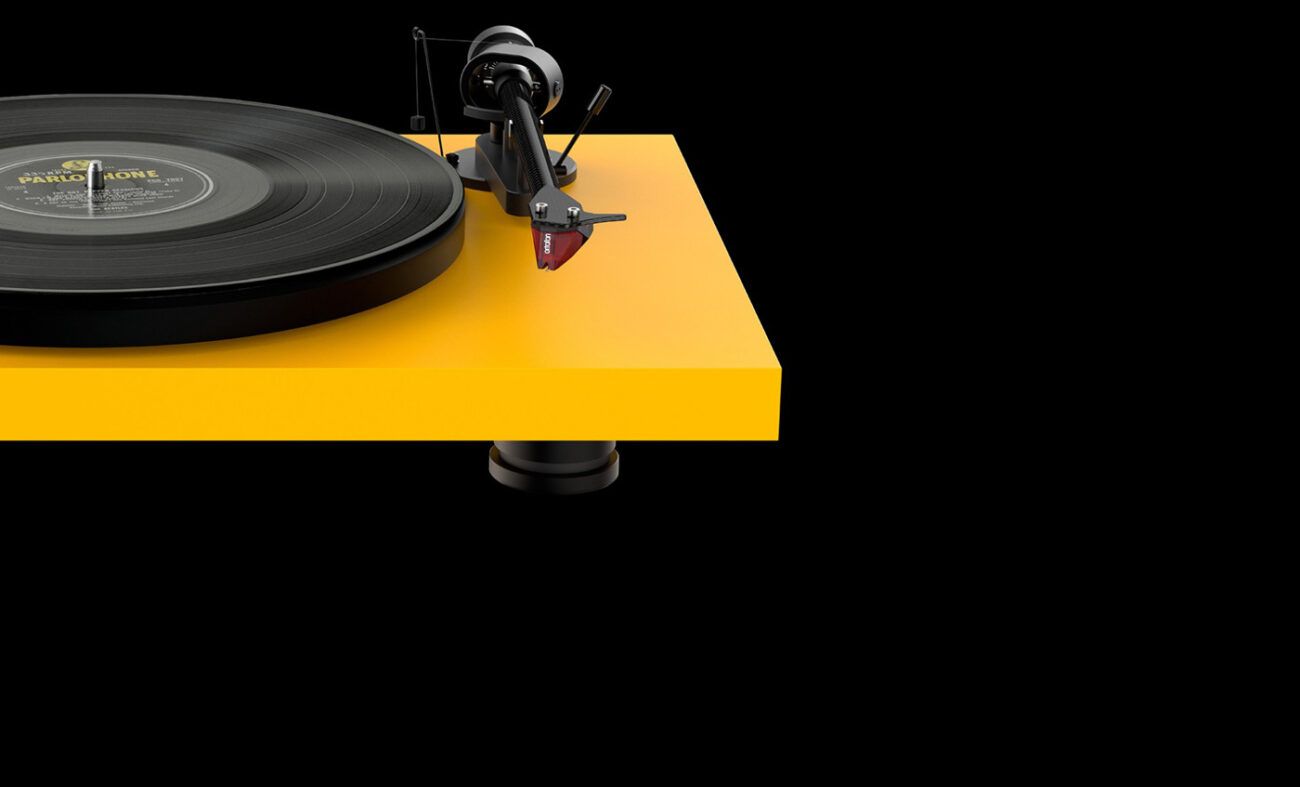
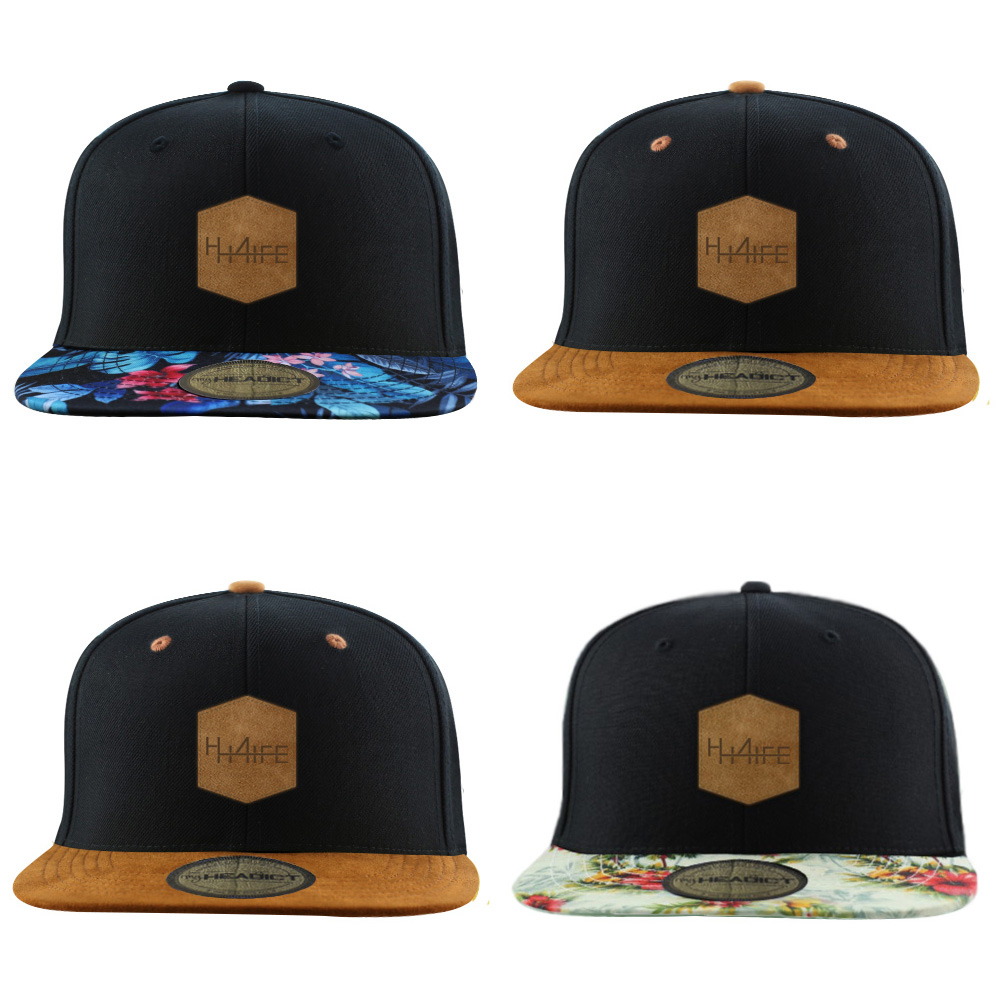
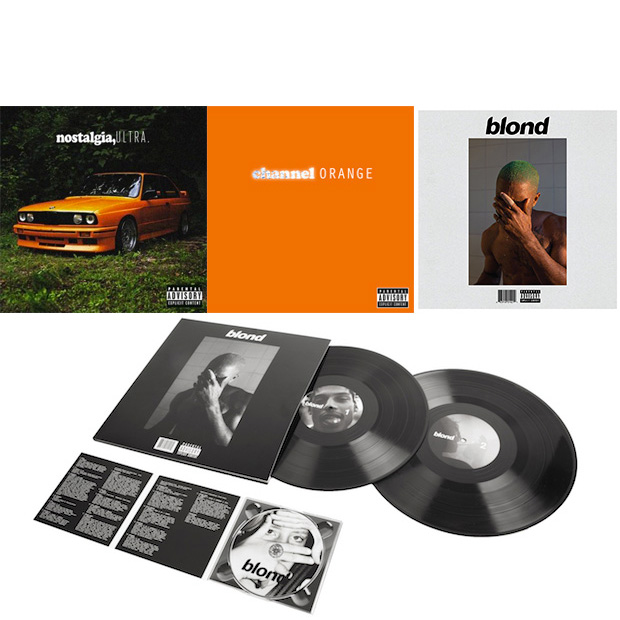





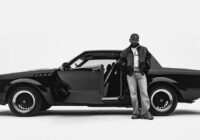
![ICE CUBE - MAN DOWN [ALBUM STREAM]](https://hiphop4life.fr/news/wp-content/uploads/2017/06/Ice-Cube-wallpapers-Ice-Cube-background-200x140.jpg)
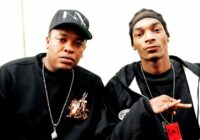

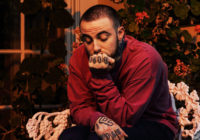
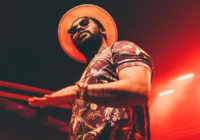
![KENNY MASON - ANGEL EYES [MIXTAPE STREAM]](https://hiphop4life.fr/news/wp-content/uploads/2024/11/1900x1900-000000-80-0-0-1-200x140.jpg)
![CORDAE - THE CROSSROADS [ALBUMS STREAM]](https://hiphop4life.fr/news/wp-content/uploads/2019/04/c66u50e1kei11-200x140.jpg)
![JAMES BLAKE - LIKE THE END [CLIP]](https://hiphop4life.fr/news/wp-content/uploads/2024/11/design-sans-titre-1-2-200x140.jpg)
![AB-SOUL - SOUL BURGER [ALBUM STREAM]](https://hiphop4life.fr/news/wp-content/uploads/2016/12/tumblr_ndq9cuZbsZ1qa6qb0o3_1280-200x140.jpg)

![KENNY MASON - HOODRAT [CLIP]](https://hiphop4life.fr/news/wp-content/uploads/2020/05/kenny-mason-press-photo-1-200x140.jpg)


















